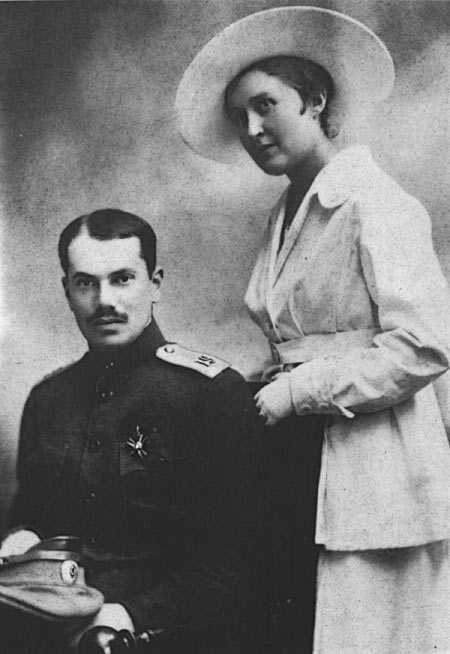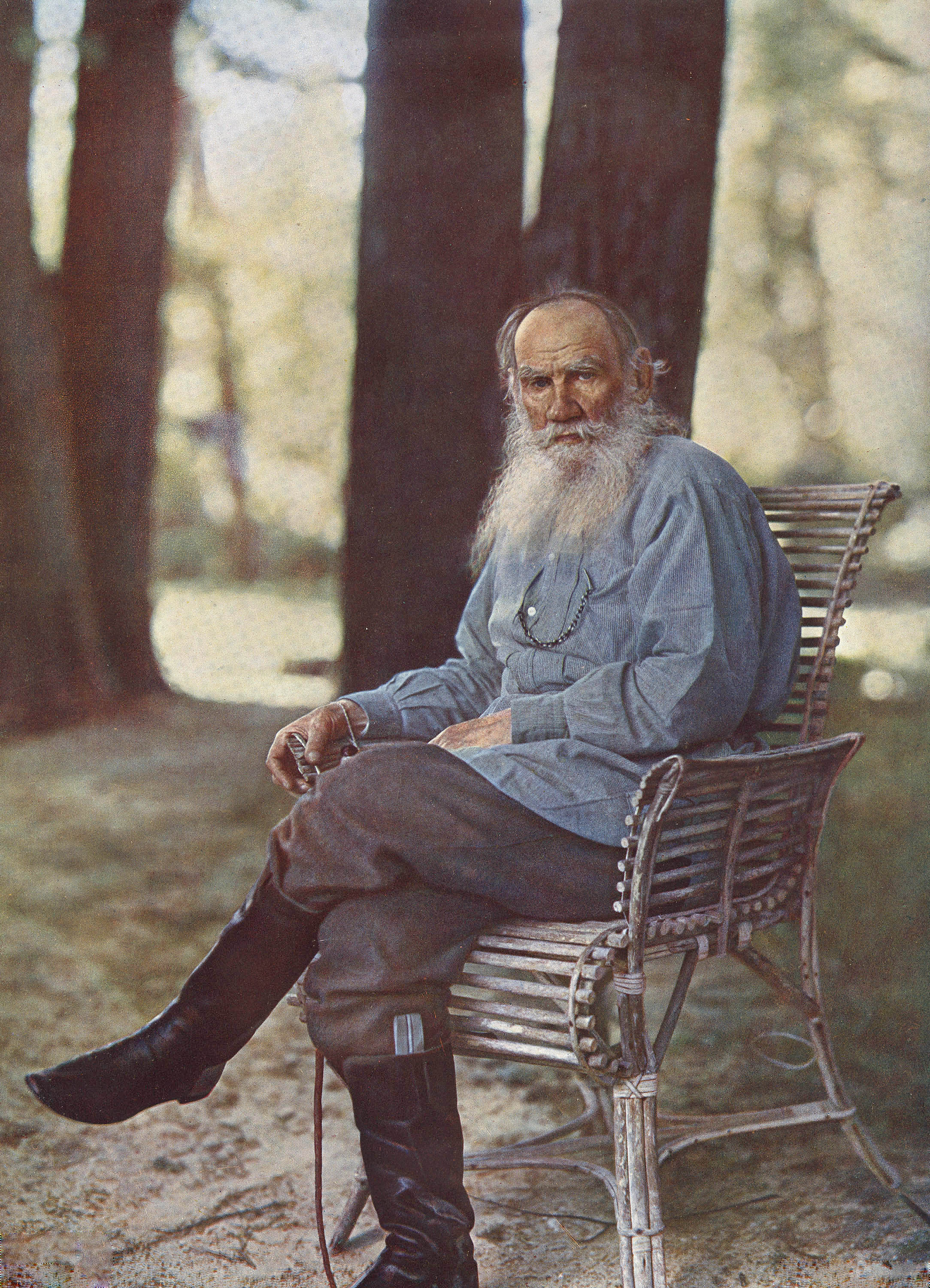|
The Days Of The Turbins
''The Days of the Turbins'' (russian: Дни Турбиных, translit=Dni Turbinykh) is a four-act play by Mikhail Bulgakov based upon his novel ''The White Guard''. It was written in 1925 and premiered on 5 October 1926 in Moscow Art Theatre (MAT), directed by Konstantin Stanislavsky. In April 1929 the production was cancelled as a result of severe criticism in the Soviet press. On 16 February 1932, resulting from the direct interference of Joseph Stalin, it was re-started and continued until June 1941, to considerable public acclaim. It ran for 987 performances in the course of these ten years. There are three versions of the play's text. The first was written in July–September 1925. The title ''The Days of the Turbins'' was also used for the novel itself, the latter's Paris (1927, 1929, Concorde) edition was titled ''The Days of the Turbins (The White Guard)''. The play's second version (never published in Russian) was translated into German and first came out in Munich ... [...More Info...] [...Related Items...] OR: [Wikipedia] [Google] [Baidu] |
Mikhail Bulgakov
Mikhail Afanasyevich Bulgakov ( rus, links=no, Михаил Афанасьевич Булгаков, p=mʲɪxɐˈil ɐfɐˈnasʲjɪvʲɪtɕ bʊlˈɡakəf; – 10 March 1940) was a Soviet writer, medical doctor, and playwright active in the first half of the 20th century. He is best known for his novel ''The Master and Margarita'', published posthumously, which has been called one of the masterpieces of the 20th century. He is also known for his novel ''The White Guard''; his plays '' Ivan Vasilievich'', ''Flight'' (also called ''The Run''), and ''The Days of the Turbins''; and other works of the 1920s and 1930s. He wrote mostly about the horrors of the Russian Civil War and about the fate of Russian intellectuals and officers of the Tsarist Army caught up in revolution and Civil War.Bulgakov's biogra ... [...More Info...] [...Related Items...] OR: [Wikipedia] [Google] [Baidu] |
Anton Denikin
Anton Ivanovich Denikin (russian: Анто́н Ива́нович Дени́кин, link= ; 16 December Old_Style_and_New_Style_dates">O.S._4_December.html" ;"title="Old_Style_and_New_Style_dates.html" ;"title="nowiki/>Old Style and New Style dates">O.S. 4 December">Old_Style_and_New_Style_dates.html" ;"title="nowiki/>Old Style and New Style dates">O.S. 4 December1872 – 7 August 1947) was a Russian Lieutenant General in the Imperial Russian Army (1916), who later served as the Deputy Supreme Ruler of Russia, Supreme Ruler of the Russian State during the Russian Civil War of 1917–1922. He was also a military leader of South Russia (as commander in chief). His slogan was “Russia - One and Indivisible”. Childhood Denikin was born on 16 December 1872, in the village of Szpetal Dolny, part of the city Włocławek in Warsaw Governorate of the Russian Empire (now Poland). His father, Ivan Efimovich Denikin, had been born a serf in the province of Saratov. Sent as a rec ... [...More Info...] [...Related Items...] OR: [Wikipedia] [Google] [Baidu] |
Alexander Afinogenov
Alexander Nikolayevich Afinogenov (russian: Алекса́ндр Никола́евич Афиноге́нов) (, Skopin – 29 October 1941, Moscow) was a Russian and Soviet playwright. Biography Alexander was born in the town of Skopin, in Ryazan Oblast. He joined the CPSU in 1922. He obtained a degree in journalism in 1924, the year that he published his first play. In the 1920s he was a member and later director of the Proletkult's theatre. He turned away from the Proletkult in the late 1920s, and became in the early 1930s the chief drama theoretician of the Russian Association of Proletarian Writers. He wrote 26 plays, but he is best known for ''Fear'' (1931) and ''Mashenka'' (1941). His work was attacked in 1936 and he was expelled from the CPSU in 1937, but he was never purged, and was rehabilitated in 1938. He continued writing until his death in a German air raid in 1941. He was married with American ballerina Jenny Marling (Schwartz). Her first husband was John Bovingdo ... [...More Info...] [...Related Items...] OR: [Wikipedia] [Google] [Baidu] |
Stalin Before 1929
Joseph Vissarionovich Stalin (born Ioseb Besarionis dze Jughashvili; – 5 March 1953) was a Georgian revolutionary and Soviet political leader who led the Soviet Union from 1924 until his death in 1953. He held power as General Secretary of the Communist Party of the Soviet Union (1922–1952) and Chairman of the Council of Ministers of the Soviet Union (1941–1953). Initially governing the country as part of a collective leadership, he consolidated power to become a dictator by the 1930s. Ideologically adhering to the Leninist interpretation of Marxism, he formalised these ideas as Marxism–Leninism, while his own policies are called Stalinism. Born to a poor family in Gori in the Russian Empire (now Georgia), Stalin attended the Tbilisi Spiritual Seminary before joining the Marxist Russian Social Democratic Labour Party. He edited the party's newspaper, ''Pravda'', and raised funds for Vladimir Lenin's Bolshevik faction via robberies, kidnappings and protection rac ... [...More Info...] [...Related Items...] OR: [Wikipedia] [Google] [Baidu] |
Vladimir Mayakovsky
Vladimir Vladimirovich Mayakovsky (, ; rus, Влади́мир Влади́мирович Маяко́вский, , vlɐˈdʲimʲɪr vlɐˈdʲimʲɪrəvʲɪtɕ məjɪˈkofskʲɪj, Ru-Vladimir Vladimirovich Mayakovsky.ogg, links=y; – 14 April 1930) was a Russian and Soviet poet, playwright, artist, and actor. During his early, pre-Revolution period leading into 1917, Mayakovsky became renowned as a prominent figure of the Russian Futurist movement. He co-signed the Futurist manifesto, ''A Slap in the Face of Public Taste'' (1913), and wrote such poems as "A Cloud in Trousers" (1915) and "Backbone Flute" (1916). Mayakovsky produced a large and diverse body of work during the course of his career: he wrote poems, wrote and directed plays, appeared in films, edited the art journal ''LEF'', and produced agitprop posters in support of the Communist Party during the Russian Civil War of 1917–1922. Though Mayakovsky's work regularly demonstrated ideological and patriotic support ... [...More Info...] [...Related Items...] OR: [Wikipedia] [Google] [Baidu] |
Dvoryanstvo
The Russian nobility (russian: дворянство ''dvoryanstvo'') originated in the 14th century. In 1914 it consisted of approximately 1,900,000 members (about 1.1% of the population) in the Russian Empire. Up until the February Revolution of 1917, the noble estates staffed most of the Russian government and possessed a Gentry assembly. The Russian word for nobility, ''dvoryanstvo'' (), derives from Slavonic ''dvor'' (двор), meaning the court of a prince or duke (''kniaz''), and later, of the tsar or emperor. Here, ''dvor'' originally referred to servants at the estate of an aristocrat. In the late 16th and early 17th centuries, the system of hierarchy was a system of seniority known as ''mestnichestvo''. The word ''dvoryane'' described the highest rank of gentry, who performed duties at the royal court, lived in it (''Moskovskie zhiltsy''), or were candidates to it, as for many boyar scions (''dvorovye deti boyarskie'', ''vybornye deti boyarskie''). A nobleman is ca ... [...More Info...] [...Related Items...] OR: [Wikipedia] [Google] [Baidu] |
War And Peace
''War and Peace'' (russian: Война и мир, translit=Voyna i mir; pre-reform Russian: ; ) is a literary work by the Russian author Leo Tolstoy that mixes fictional narrative with chapters on history and philosophy. It was first published serially, then published in its entirety in 1869. It is regarded as Tolstoy's finest literary achievement and remains an internationally praised classic of world literature. The novel chronicles the French invasion of Russia and the impact of the Napoleonic era on Tsarist society through the stories of five Russian aristocratic families. Portions of an earlier version, titled ''The Year 1805'', were serialized in ''The Russian Messenger'' from 1865 to 1867 before the novel was published in its entirety in 1869.Knowles, A. V. ''Leo Tolstoy'', Routledge 1997. Tolstoy said that the best Russian literature does not conform to standards and hence hesitated to classify ''War and Peace'', saying it is "not a novel, even less is it a poem, and ... [...More Info...] [...Related Items...] OR: [Wikipedia] [Google] [Baidu] |
Intelligentsia
The intelligentsia is a status class composed of the university-educated people of a society who engage in the complex mental labours by which they critique, shape, and lead in the politics, policies, and culture of their society; as such, the intelligentsia consists of scholars, academics, teachers, journalists, and literary writers. Conceptually, the intelligentsia status class arose in the late 18th century, during the Partitions of Poland (1772–1795). Etymologically, the 19th-century Polish intellectual Bronisław Trentowski coined the term ''inteligencja'' (intellectuals) to identify and describe the university-educated and professionally active social stratum of the patriotic bourgeoisie; men and women whose intellectualism would provide moral and political leadership to Poland in opposing the cultural hegemony of the Russian Empire. In pre–Revolutionary (1917) Russia, the term ''intelligentsiya'' (russian: интеллигенция) identified and described the s ... [...More Info...] [...Related Items...] OR: [Wikipedia] [Google] [Baidu] |
80-385-0026 Andriyvsky 13
8 (eight) is the natural number following 7 and preceding 9. In mathematics 8 is: * a composite number, its proper divisors being , , and . It is twice 4 or four times 2. * a power of two, being 2 (two cubed), and is the first number of the form , being an integer greater than 1. * the first number which is neither prime nor semiprime. * the base of the octal number system, which is mostly used with computers. In octal, one digit represents three bits. In modern computers, a byte is a grouping of eight bits, also called an octet. * a Fibonacci number, being plus . The next Fibonacci number is . 8 is the only positive Fibonacci number, aside from 1, that is a perfect cube. * the only nonzero perfect power that is one less than another perfect power, by Mihăilescu's Theorem. * the order of the smallest non-abelian group all of whose subgroups are normal. * the dimension of the octonions and is the highest possible dimension of a normed division algebra. * the first number ... [...More Info...] [...Related Items...] OR: [Wikipedia] [Google] [Baidu] |

.jpg)
.png)



